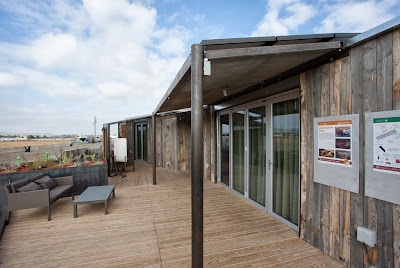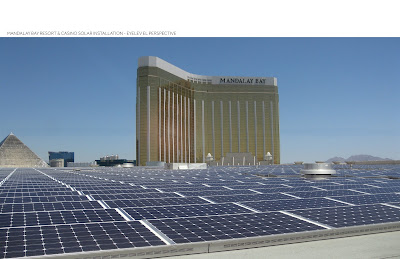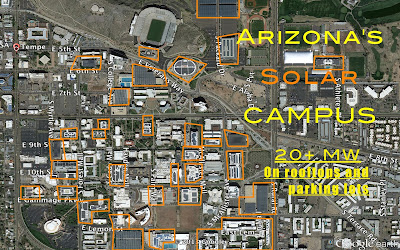California Does Not Need More Fossil Fuels
The California Public Utilities Commission is considerng whether to offset the loss of the failed San Onofre nuclear power plant with new natural gas power plants. San Onofre's twin reactors generated over 2,250 megawatts of electricity. We will need to take affirmative steps to offset the loss of that generating capacity, but we should find the most sustainable way to fill this gap without creating more environmental problems. As the Sierra Club notes , replacing San Onofre with natural gas plants is unnecessary because energy forecasts for California indicate that roughly half of San Onofre's generating capacity will be offset with energy efficiency gains; we can fill the rest of the gap with improvements in transmission or added rooftop solar capacity in the Los Angeles basin. Consider that solar panels on California rooftops already generate over 1,880 megawatts of clean energy. Instead of wasting ratepayer money on new fossil fuel plants that will pollute our






